[tldr]
- There are some things that science can’t yet explain, but they’re still worth trying. To be scientific about it, set aside your skepticism and pay attention to your personal experience or your own data.
- Sensory deprivation, psychedelics, and shamanism can all increase your happiness and sense of connection with the world.
- As long as you try biohacks safely and legally, they may be worth your time. At worst, you won’t get any effect — but the results may surprise you.
[/tldr]
The concept of shamanism — an ancient spiritual healing tradition — may seem a little unusual, especially if you’re skeptical about things that science can’t easily explain.
I understand the skepticism. As a former Silicon Valley engineer, I spent my days focused on technology and rational ways of thinking. I also weighed 300 pounds and was sick all the time.
I tried all the standard approaches to higher performance — exercising all the time, eating a low-fat, low-calorie diet, taking antibiotics for chronic sinus infections — and I realized that they just didn’t work.
So I took a rational approach: I consciously suspended my disbelief, and I began testing things outside the box to see what would happen.
It turns out a lot of things work, even though science hasn’t figured them out yet. If you approach something like shamanism thinking, “That doesn’t work because it can’t,” you’re actually being unscientific.
On the other hand, if you can leave behind your bias, open your mind to other points of view, and let experience be your guide, you might discover some pretty cool stuff.
I’ve worked with and interviewed several shamans. One is Shaman Durek, a Norwegian and Ghanese shaman. In a recent Bulletproof Radio [iTunes] podcast episode, he discusses shamanistic healing, which has a surprising number of similarities to Western psychology, but explained and viewed through a different lens.
I encourage you not to shy away from biohacks that seem “out there” to you. Enter them with an open mind and see what happens. At worst, they won’t do anything, but the results might surprise you.
Here’s a look at shamanism, along with two other unusual biohacks.
Shamanism for deep healing

Shamanism is the least scientifically-backed biohack on this list. If you live in the West, it’s probably also the most foreign to you in terms of approach and ideas. In my experience, shamanism can be quite powerful.
Shamans believe that there is a connected, universal energy that underlies all life. Shamans learn how to tap into and share that energy to help improve the world, whether it’s healing trauma, bringing about mental shifts for people, or creating greater openness and connection between human beings.
I’ve also had the pleasure of interviewing Alberto Villoldo, a psychologist and cultural anthropologist who has spent more than 25 years studying shamanic healing practices in South America. His Bulletproof Radio interviews [iTunes] are a fascinating look at shamanism.
After years of extensive neurofeedback and brain hacking, I’m quite sensitive to my mental state. I don’t have data to quantify it, but I can say that working with shamans has produced changes in my cognition that I can feel. I’m reasonably certain these changes are not a placebo effect.
Shamans work with emotion, trauma, limiting beliefs, and mental and energetic blocks — the sorts of things that most Western doctors don’t address. I’m not saying you should trade your doctor for a shaman, though.
Western medicine is tremendously valuable. But the average doctor in the U.S. is more likely to prescribe you a pill than attempt to heal the source of your trauma or mental block.
I encourage you to try shamanism, energy healing, sensory deprivation, psychedelics (legally and with the proper support), or any other biohack that seems out there to you. Enter it with an open mind and see what happens.
At worst, shamanism won’t do anything, but the results might surprise you. Here’s a list of accredited shamans.
Float tanks for theta brain waves and deep meditative states

Float tanks (also called sensory deprivation tanks) block out almost all input to your five senses. They’re single-person tanks that are lightproof, soundproof, heated to 98.6 degrees, and filled with magnesium-rich water that makes you float and leaves you feeling weightless.
The result is that you can’t see, hear, taste, smell, or feel in a float tank. You lose all sense of your body, as well as all sense of time, and you’re left with the sensation of existing in infinite and empty space.
Floating can be psychologically intense, especially if it’s your first time. Your mind will probably protest against the total lack of stimulation by trying to get you to leave the tank. Boredom, uncertainty, racing thoughts, maybe even panic — all of them tend to come up as you float. But if you wait them out, your mind will quiet itself eventually. That’s when floating becomes a powerful biohacking tool.
Float tanks and the brain
Your brain has electrical patterns called brain waves that run across its surface. If you’ve ever had an electroencephalogram (EEG), you’ve had your brain waves measured. Sensory deprivation tanks encourage two rare types of brain waves:[ref url=”https://www.ncbi.nlm.nih.gov/pubmed/11422837″]
- Alpha brain waves. These are the brain waves that come up during meditation. They’re associated with feelings of peace and deep happiness.
- Theta brain waves. Theta waves also increase during meditation.[ref url=”https://www.sciencedirect.com/science/article/abs/pii/S0304394001020948″] They promote a feeling of selflessness, as well as connection and oneness with everyone around you (we’ll talk more about that sensation later in this article).
The combination of alpha and theta waves is common in lifelong Zen monks.[ref url=”https://www.ncbi.nlm.nih.gov/pmc/articles/PMC4302970/”][ref url=”https://www.ncbi.nlm.nih.gov/pubmed/19922249″] Alpha and theta are also the brain waves you learn to increase during 40 Years of Zen. Together, the two of them make you feel calm happiness and a sense that everything is connected.
You can find float tanks in most major cities. Book a 90-minute session or longer, and consider floating twice before you decide whether floating works for you. The first time it can be difficult to settle in because it’s such a foreign experience.
Related: 5 Incredible Health Benefits of Floating
Psychedelics for a shift in perspective

Disclaimer: I’m not suggesting you take psychedelics. That would be illegal in most parts of the world, unless you can get into one of the clinical studies researching how psychedelics improve depression and post-traumatic stress disorder (PTSD).
For more information on those clinical trials and the risks of psychedelics, I suggest listening to the Bulletproof Radio podcast episode with Rick Doblin [iTunes]. He’s a psychedelic researcher with a great deal of insight into how psychedelics work.
Psychedelics (also called hallucinogens or entheogens) include psilocybin mushrooms, LSD, Ayahuasca, and DMT. They alter your perception of the world in colorful and sometimes profound ways. Psychedelics can also offer deep introspection and help you consider your sense of self and reality from a new perspective.
In a Johns Hopkins study, 70% of people who took psilocybin for the first time ranked it as one of the top five most meaningful experiences of their lives, on par with the birth of a child.[ref url=”https://www.ncbi.nlm.nih.gov/pubmed/16826400″]
In another study, a single dose of psilocybin triggered long-term changes in people’s openness score — how willing they are to consider new ideas.[ref url=”https://www.ncbi.nlm.nih.gov/pmc/articles/PMC3537171/”] Increased openness also links to greater creative potential.[ref url=”https://onlinelibrary.wiley.com/doi/abs/10.1111/j.1467-6494.1992.tb00970.x”]
Just two doses of psilocybin, paired with psychotherapy sessions each time, also reversed treatment-resistant depression, and the results were still going strong when researchers followed up 6 months later.[ref url=”https://www.ncbi.nlm.nih.gov/pmc/articles/PMC5813086/”]
Psychedelics can create the same feeling of connection that floating does. It’s the experience of oneness with the world around you, and a sense of perspective that extends beyond yourself. That said, psychedelics can also be very psychologically intense. If you try them, make sure you’re in a place where they’re legal, and learn about set and setting — how to make your trip as safe and pleasant as possible.
 First things first — what, exactly, is runner’s knee?
First things first — what, exactly, is runner’s knee?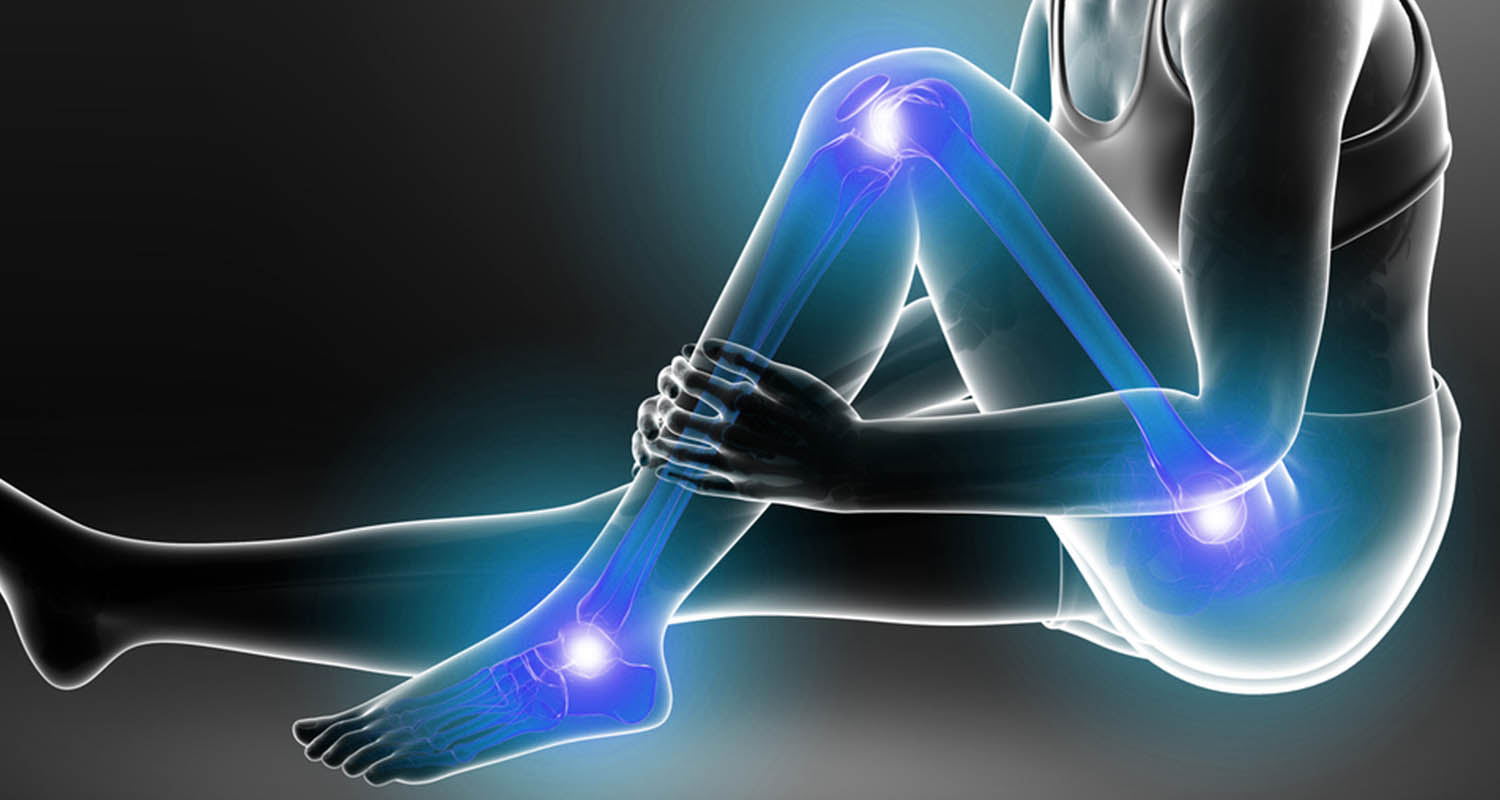 Patellofemoral Pain Syndrome (PFPS), also known as runner’s knee, describes pain in the front of the knee, behind the kneecap. The kneecap, or patella, and femur connect to form the third joint of the knee, called the patellofemoral joint.
Patellofemoral Pain Syndrome (PFPS), also known as runner’s knee, describes pain in the front of the knee, behind the kneecap. The kneecap, or patella, and femur connect to form the third joint of the knee, called the patellofemoral joint. The second type of repetitive strain injury also described as runner’s knee is illiotibial band syndrome, also known as IT band syndrome and IT band friction syndrome, or ITBS or ITBFS, for short. The illiotibial band, a thick band of connective tissue, runs from the outside of the hip to the outside of the knee and helps keep the knee joint stable. ITBFS occurs when it becomes tight or inflamed.
The second type of repetitive strain injury also described as runner’s knee is illiotibial band syndrome, also known as IT band syndrome and IT band friction syndrome, or ITBS or ITBFS, for short. The illiotibial band, a thick band of connective tissue, runs from the outside of the hip to the outside of the knee and helps keep the knee joint stable. ITBFS occurs when it becomes tight or inflamed.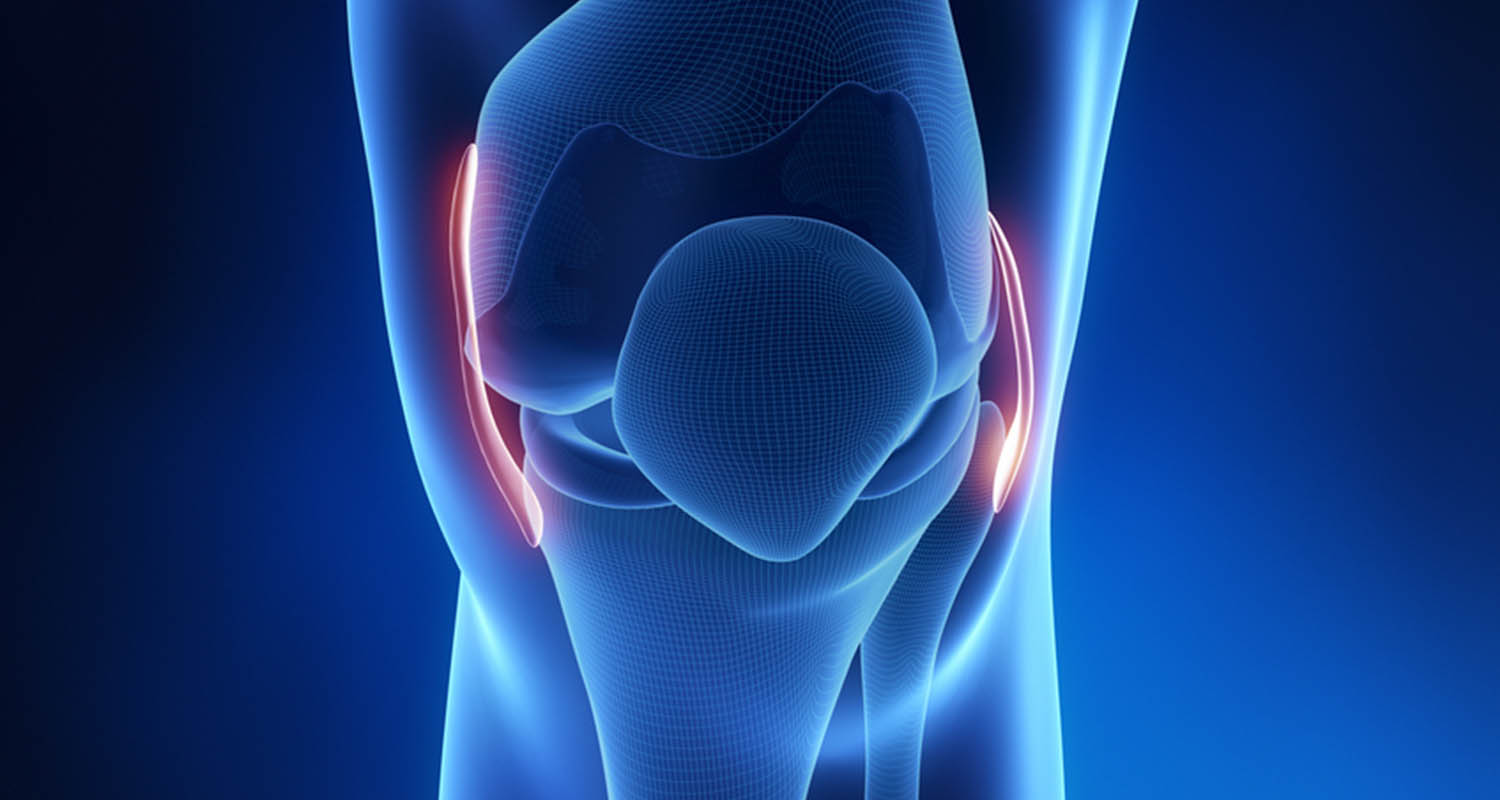 “[Patellar tendonitis] occurs on the front of the knee on the patellar tendon. When this tendon becomes inflamed (known as tendonitis), it will become painful on the anterior aspect of the knee during squatting motions, ascending/descending stairs and prolonged sitting,” says Nessler.
“[Patellar tendonitis] occurs on the front of the knee on the patellar tendon. When this tendon becomes inflamed (known as tendonitis), it will become painful on the anterior aspect of the knee during squatting motions, ascending/descending stairs and prolonged sitting,” says Nessler. “The meniscus are the shock-absorbing structures of the knee. Minor tears or wear and tear can cause pain. This will be more of a deep pain in the knee and you may or may not be able to…touch it,” says Nessler. “If you can touch it, it [may] be on the inside (medial meniscus), outside (lateral meniscus) or posterior medial (back inside of the knee).”
“The meniscus are the shock-absorbing structures of the knee. Minor tears or wear and tear can cause pain. This will be more of a deep pain in the knee and you may or may not be able to…touch it,” says Nessler. “If you can touch it, it [may] be on the inside (medial meniscus), outside (lateral meniscus) or posterior medial (back inside of the knee).”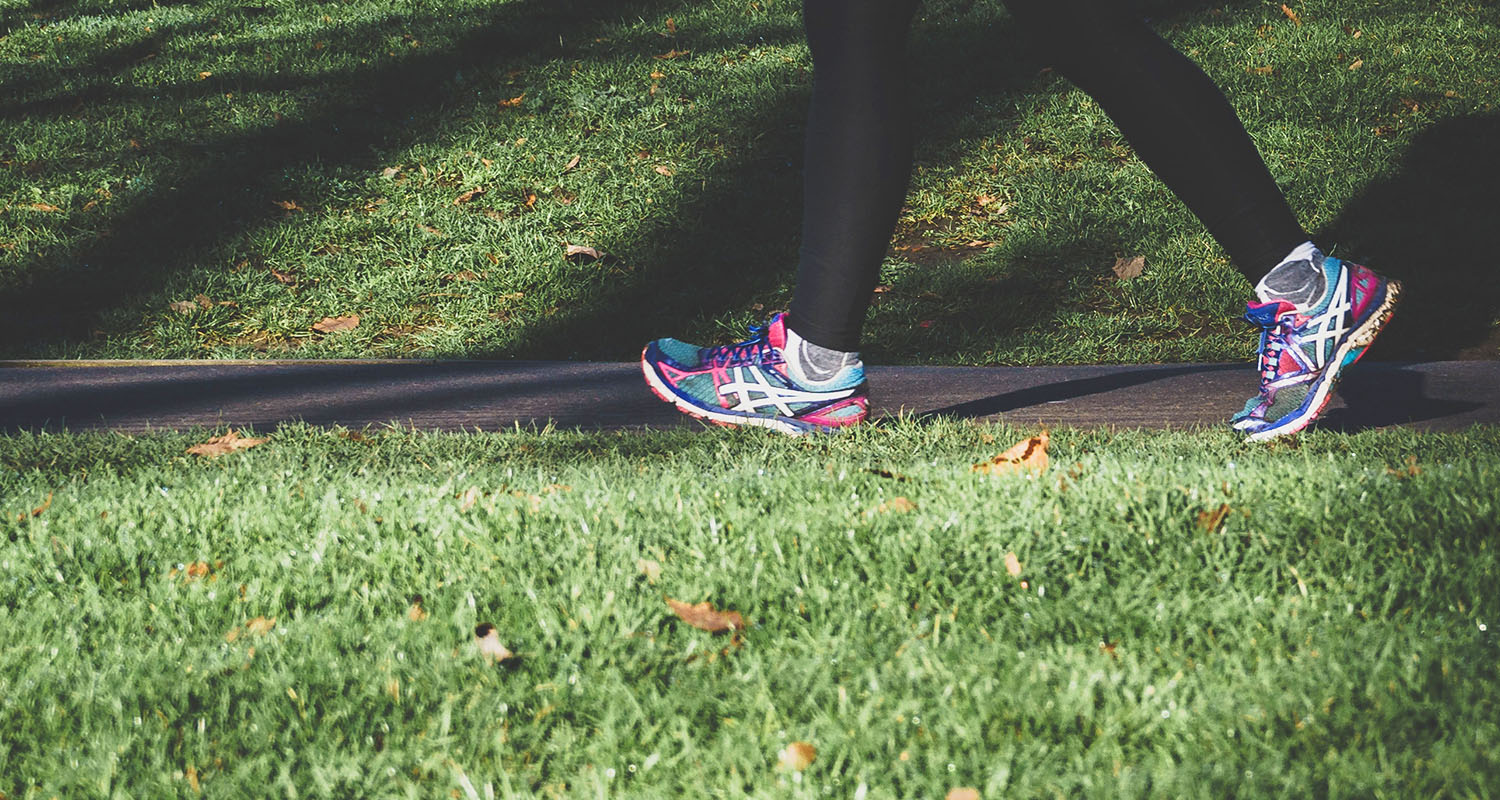 When it comes to running, not all shoes are created equal. “Poor shoes or being fit with the wrong shoe can significantly alter force attenuation during running,” says Nessler. “Absorbing shock (or force) is vital to preventing shin splints and runner’s knee.”
When it comes to running, not all shoes are created equal. “Poor shoes or being fit with the wrong shoe can significantly alter force attenuation during running,” says Nessler. “Absorbing shock (or force) is vital to preventing shin splints and runner’s knee.” If you want to keep your knees feeling good during and after a run, work on strengthening your lower body — and that includes your core.
If you want to keep your knees feeling good during and after a run, work on strengthening your lower body — and that includes your core.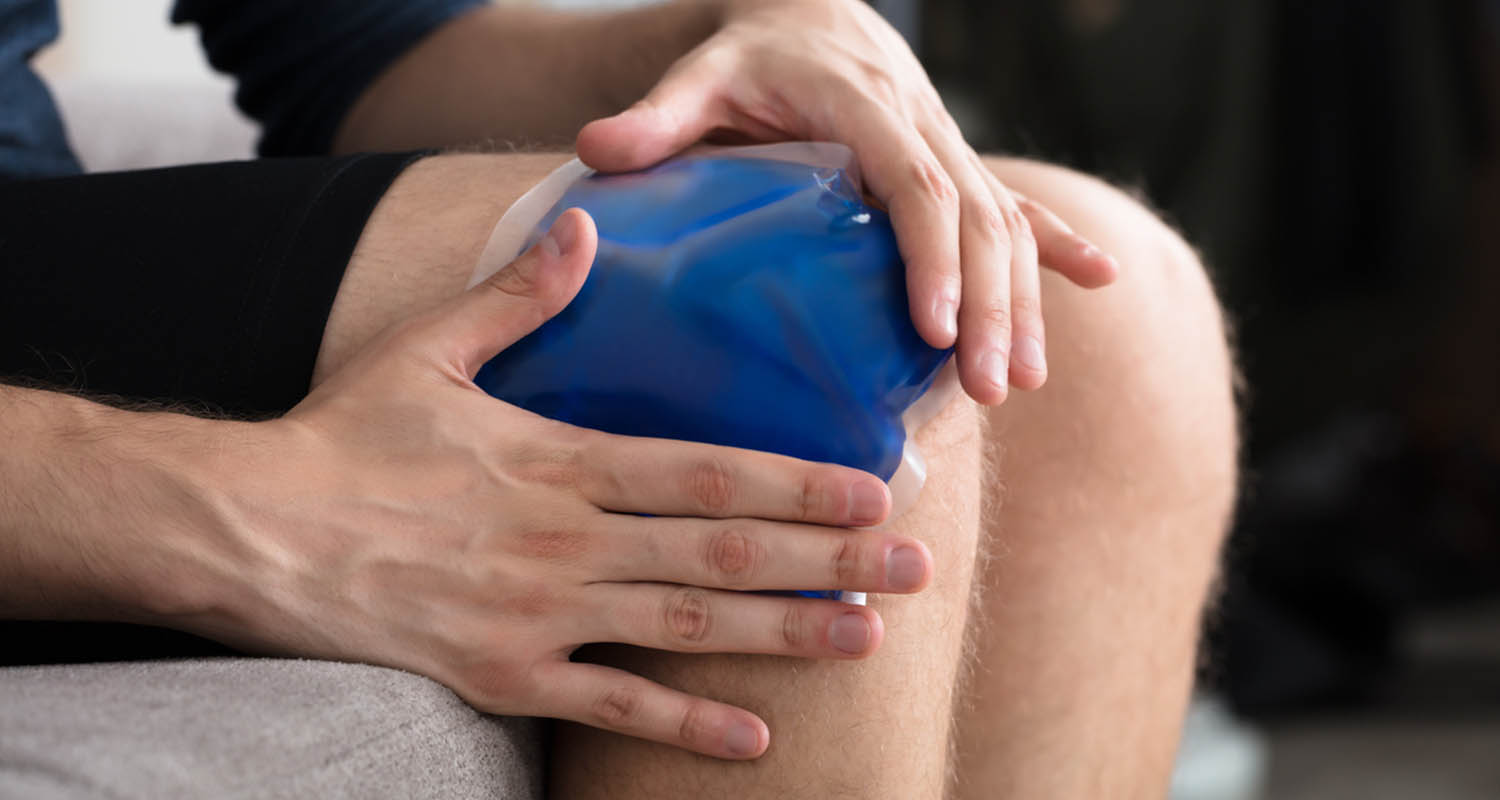 If you’re dealing with knee pain from running, your first line of defense? It’s ready and waiting in your freezer.
If you’re dealing with knee pain from running, your first line of defense? It’s ready and waiting in your freezer. If you’re dealing with runner’s knee, arguably the best thing you can do to treat it and manage the pain? Stretch.
If you’re dealing with runner’s knee, arguably the best thing you can do to treat it and manage the pain? Stretch.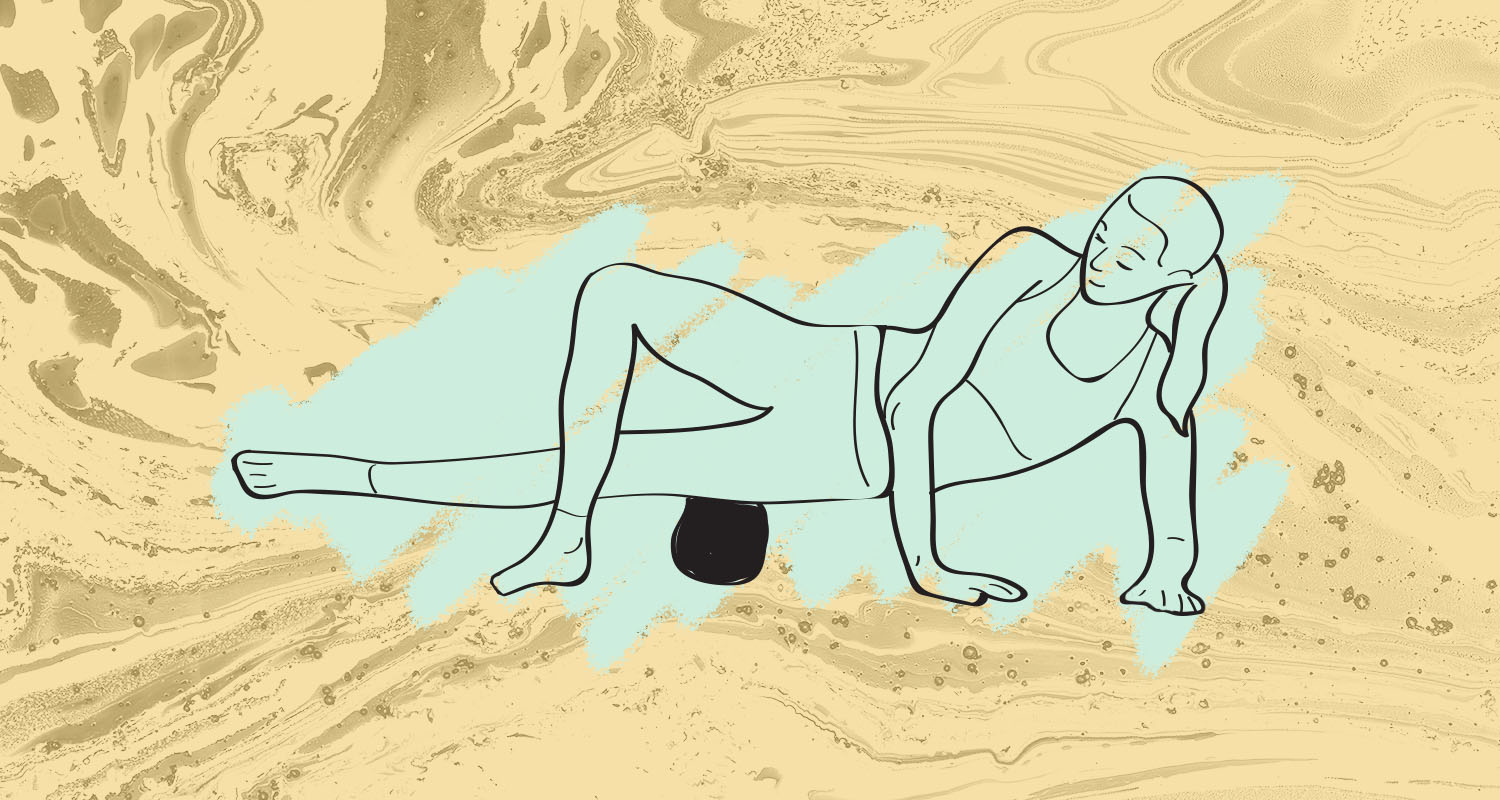 Lying in the indicated position, slowly roll the foam roller from the TFL (from the crest at the hip) down along the IT band to the knee. At the same time, move the leg in an adducted position while bringing the hip toward the floor.
Lying in the indicated position, slowly roll the foam roller from the TFL (from the crest at the hip) down along the IT band to the knee. At the same time, move the leg in an adducted position while bringing the hip toward the floor. Lying in the prone position, keeping your abs tight, roll the foam roller from the anterior hip down along the quad. You can increase the stretch to the quad by flexing the knee during the motion.
Lying in the prone position, keeping your abs tight, roll the foam roller from the anterior hip down along the quad. You can increase the stretch to the quad by flexing the knee during the motion.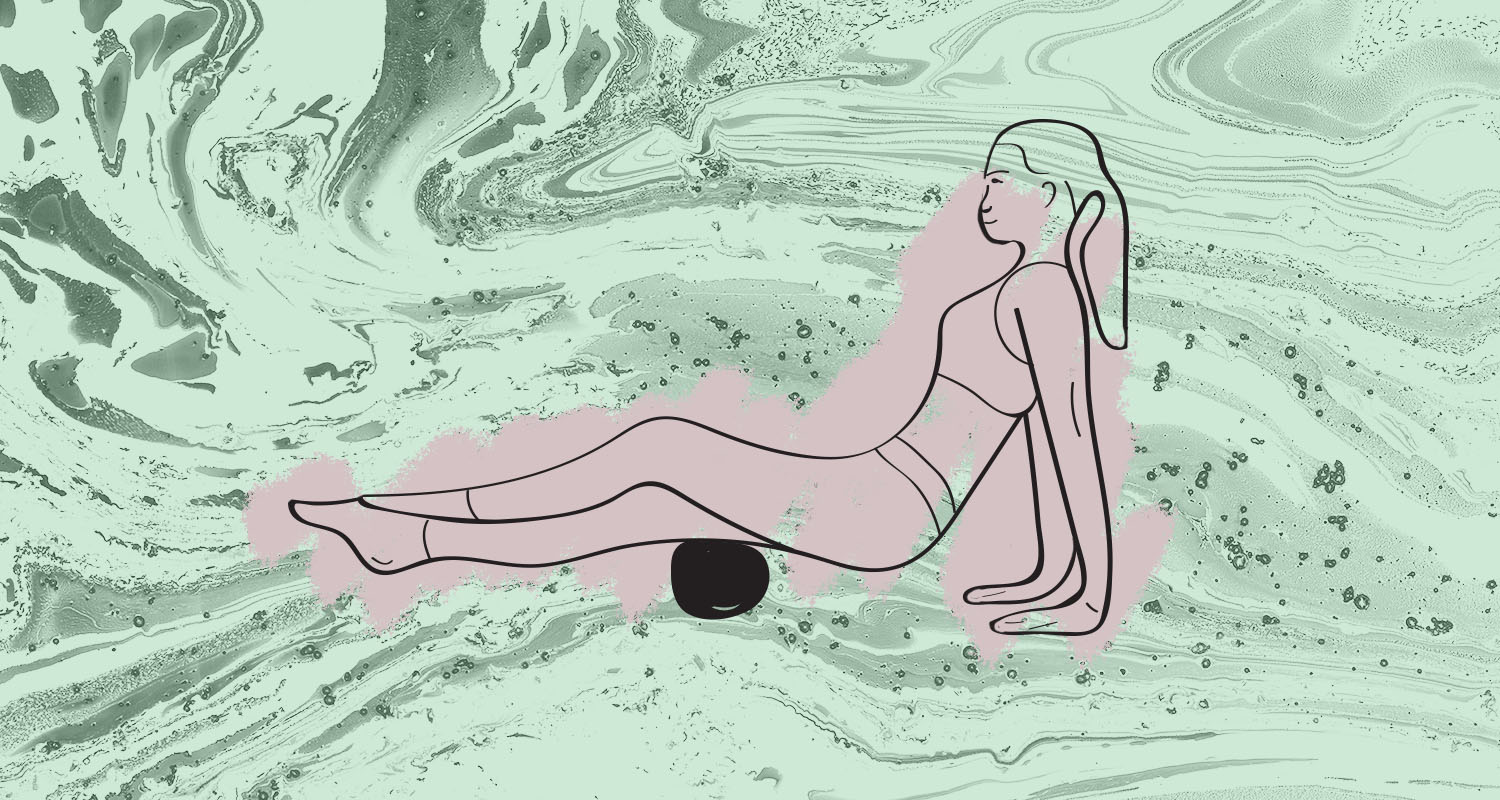 Lying in a long sit position, roll the foam roller from the glute along the entire length of the hamstring. To facilitate hamstring stretch, keeping your knee straight, abs tight, bring your butt to the ground and slowly flex forward while keeping your chest up.
Lying in a long sit position, roll the foam roller from the glute along the entire length of the hamstring. To facilitate hamstring stretch, keeping your knee straight, abs tight, bring your butt to the ground and slowly flex forward while keeping your chest up.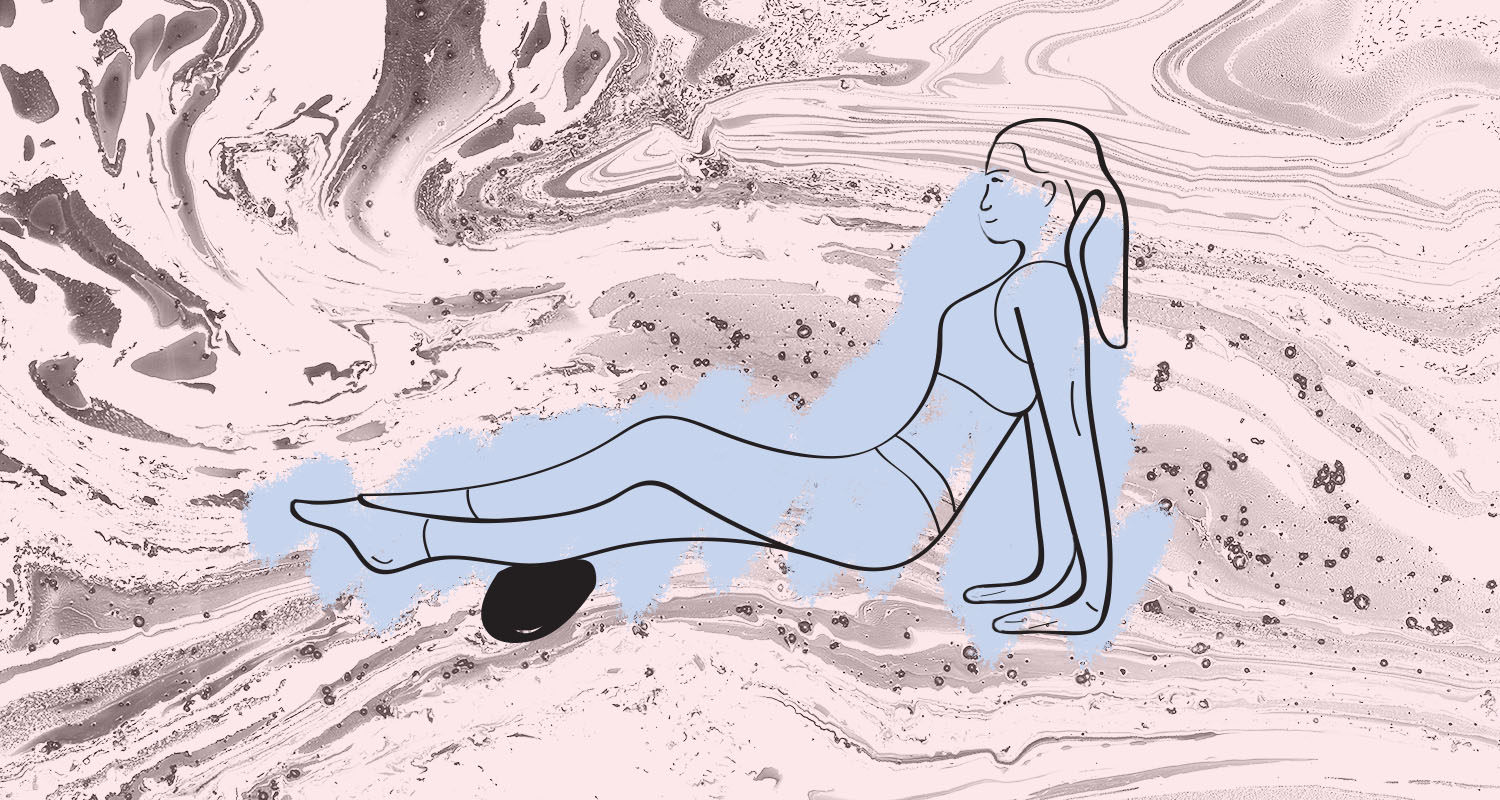 Sitting in the long sit position with your knee straight, roll the foam roller from the back of the knee to the Achilles tendon. To facilitate the stretch, as you roll down the calf, slowly dorsiflex (bring your foot up) while keeping your knee straight.
Sitting in the long sit position with your knee straight, roll the foam roller from the back of the knee to the Achilles tendon. To facilitate the stretch, as you roll down the calf, slowly dorsiflex (bring your foot up) while keeping your knee straight.

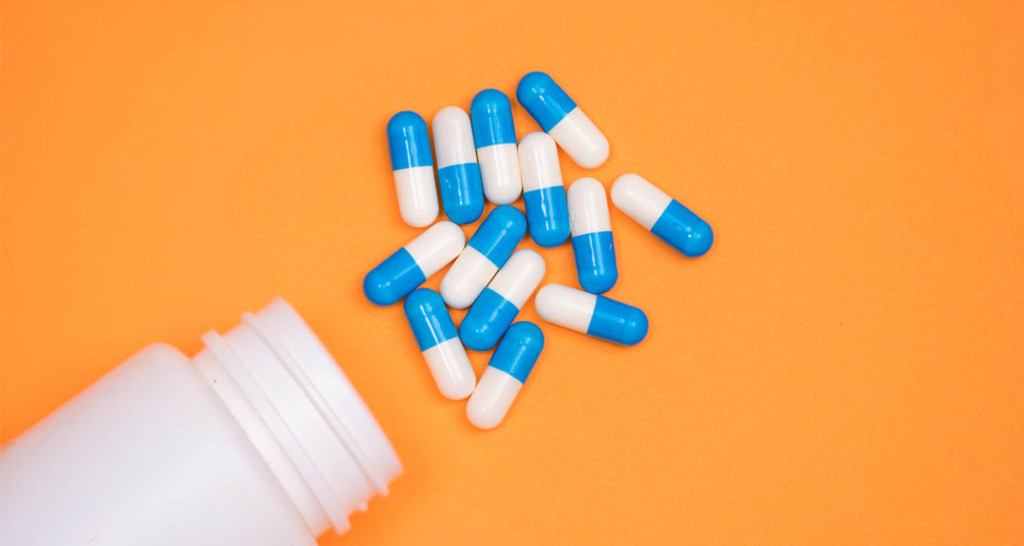

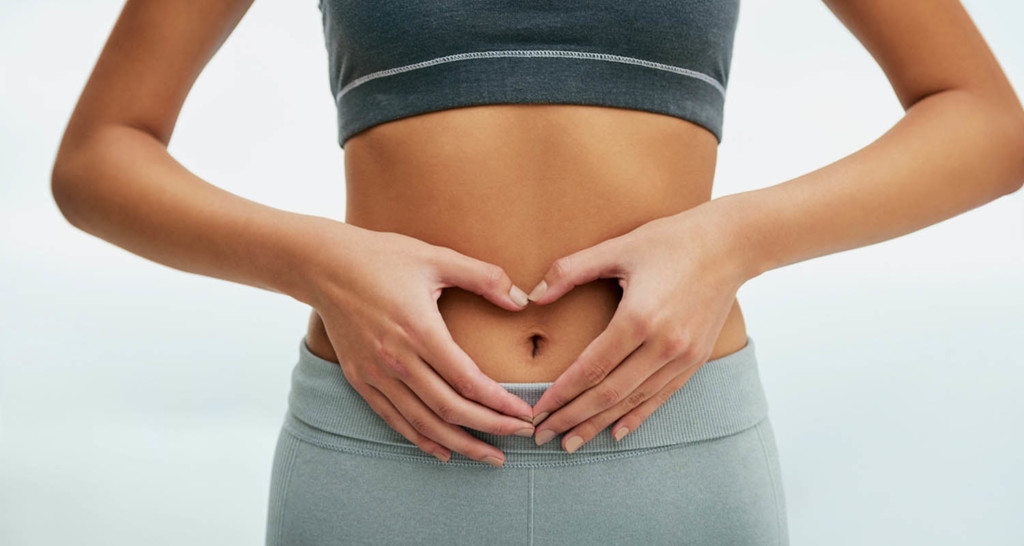



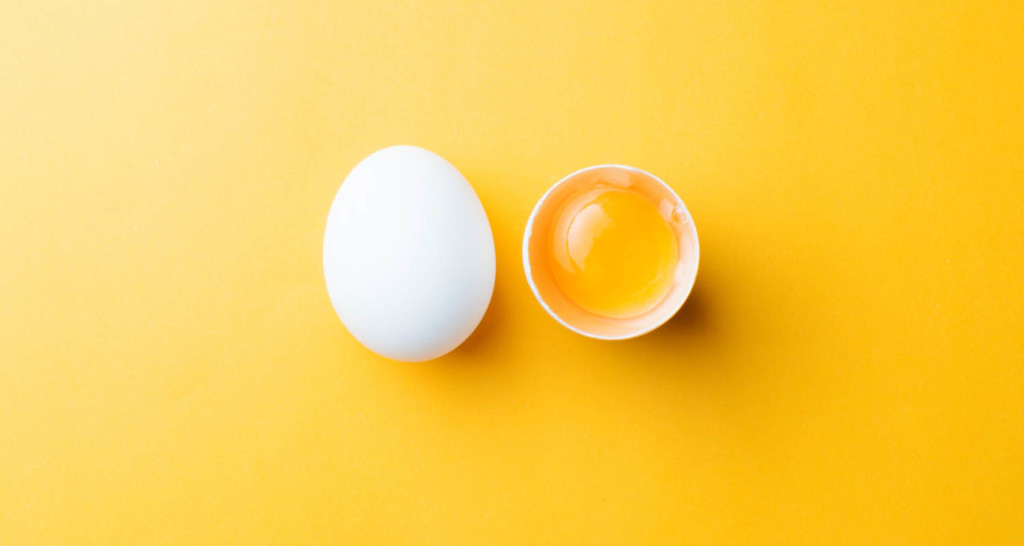
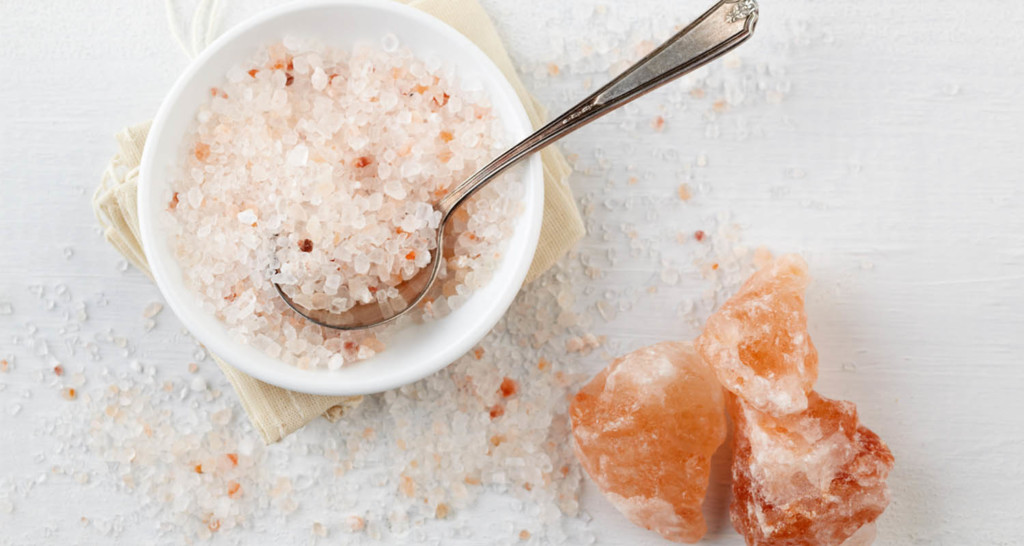


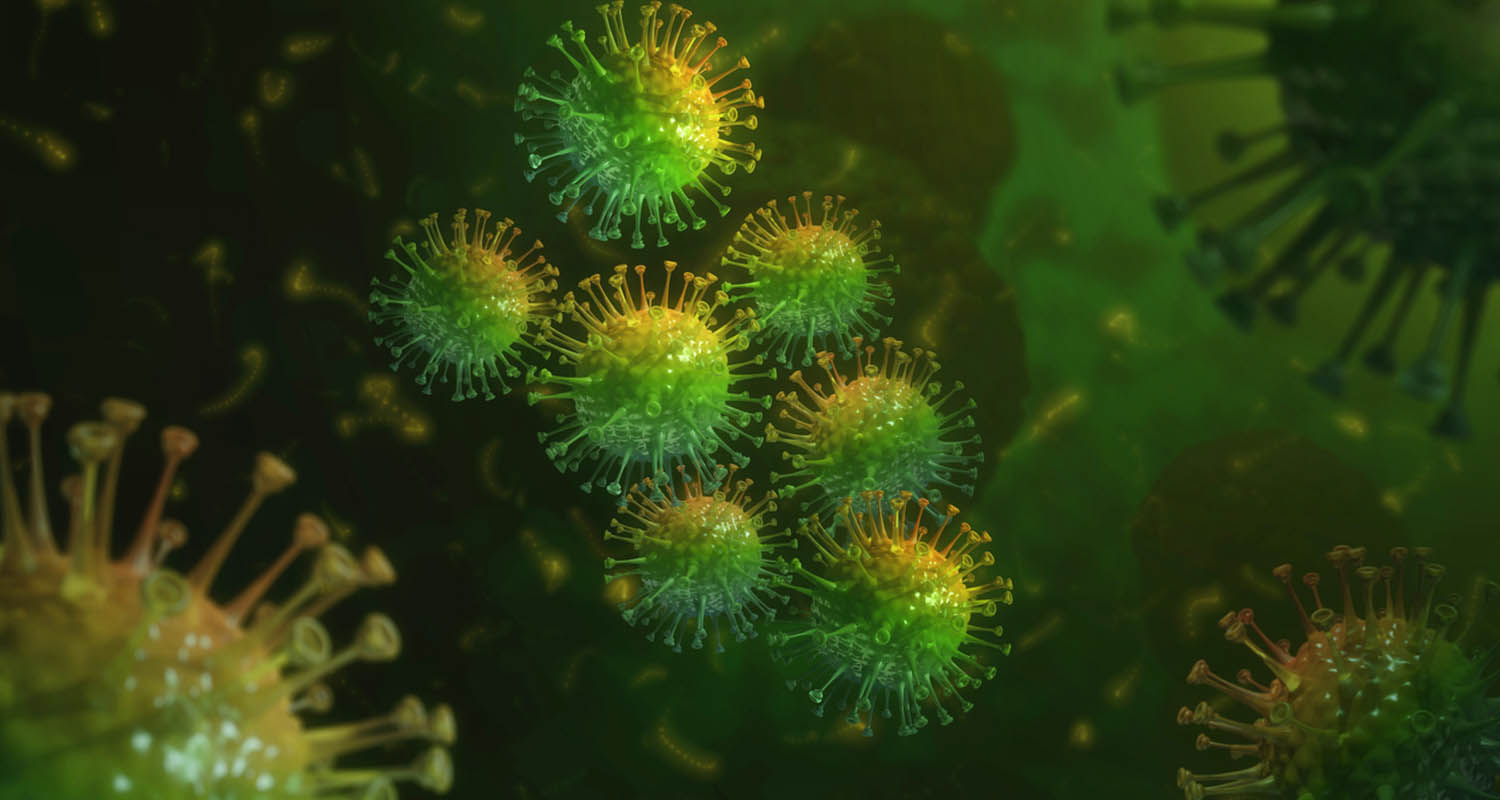

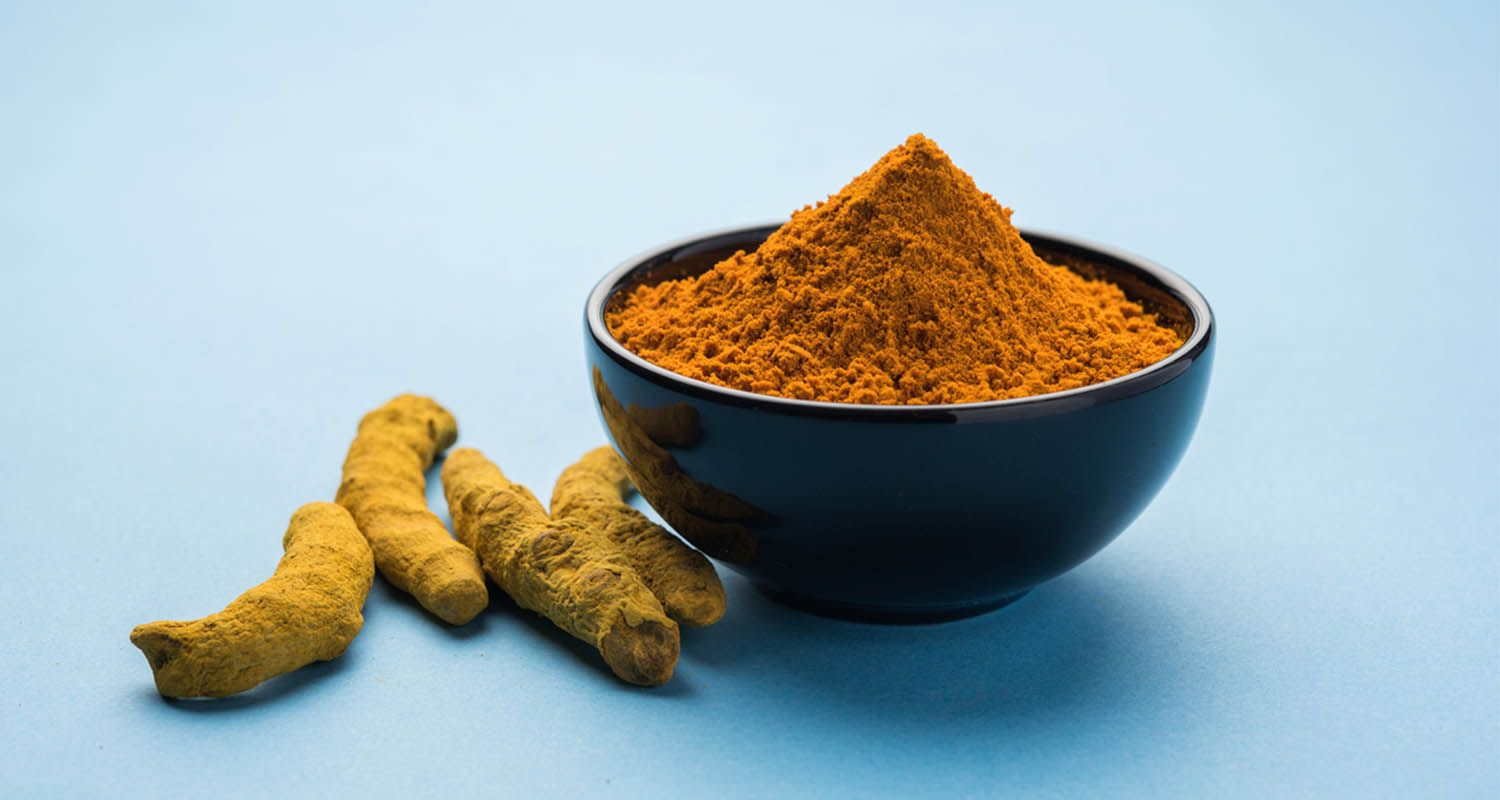
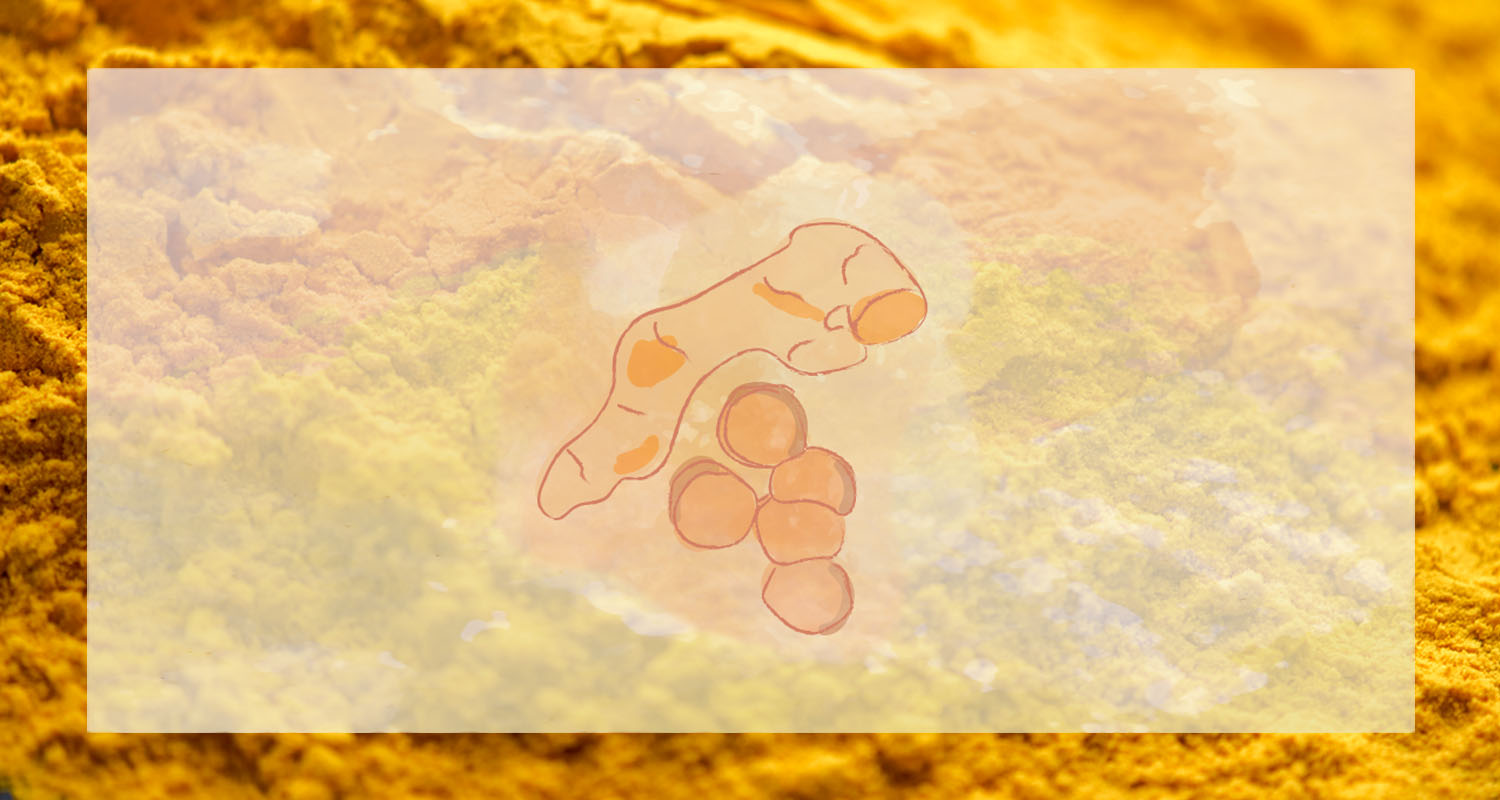
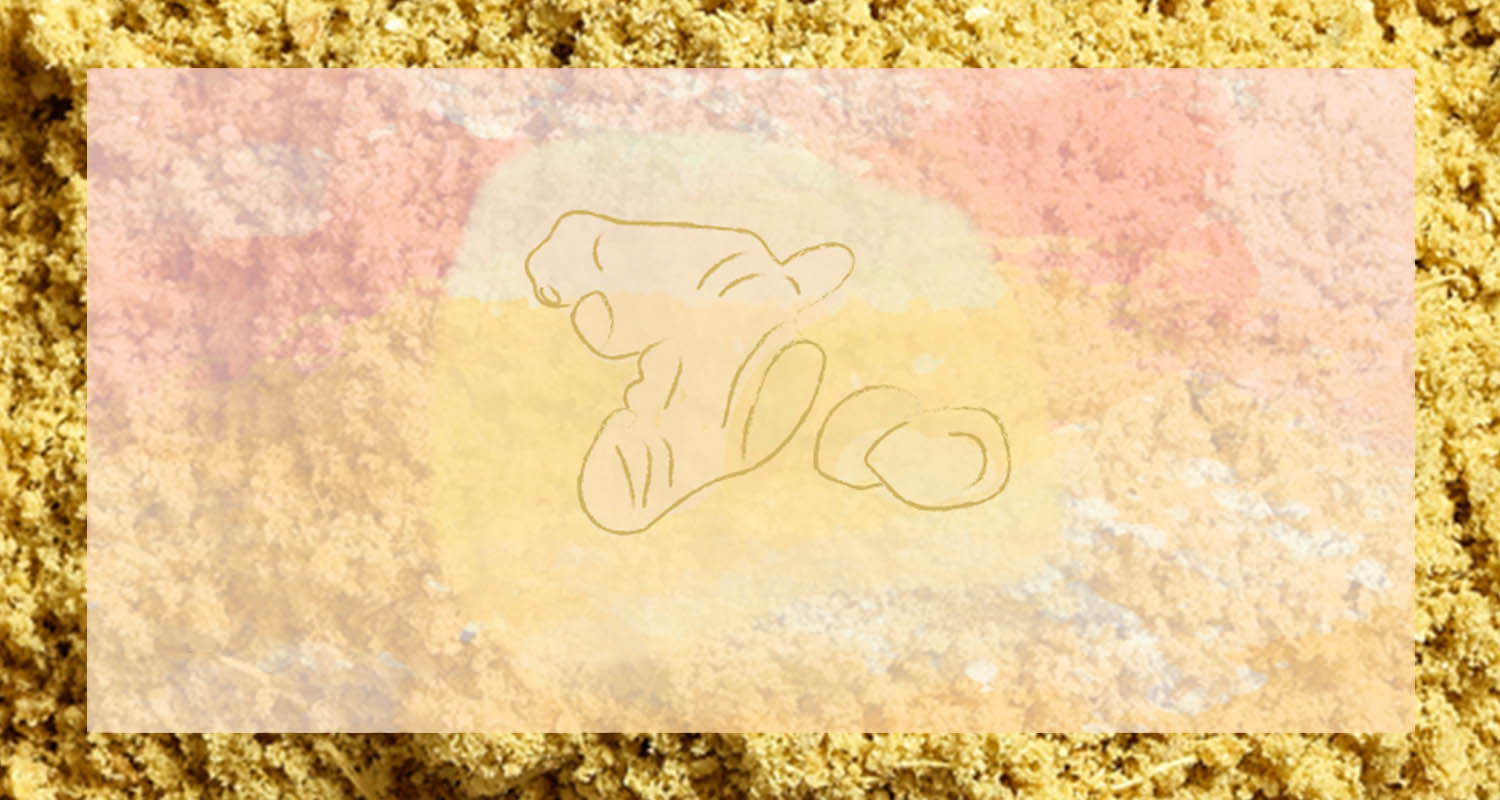



 There is such a thing as too much coffee and caffeine. Most of coffee’s benefits happen below 300 mg of caffeine a day (for reference, an average cup of coffee has roughly 95 mg of caffeine).
There is such a thing as too much coffee and caffeine. Most of coffee’s benefits happen below 300 mg of caffeine a day (for reference, an average cup of coffee has roughly 95 mg of caffeine).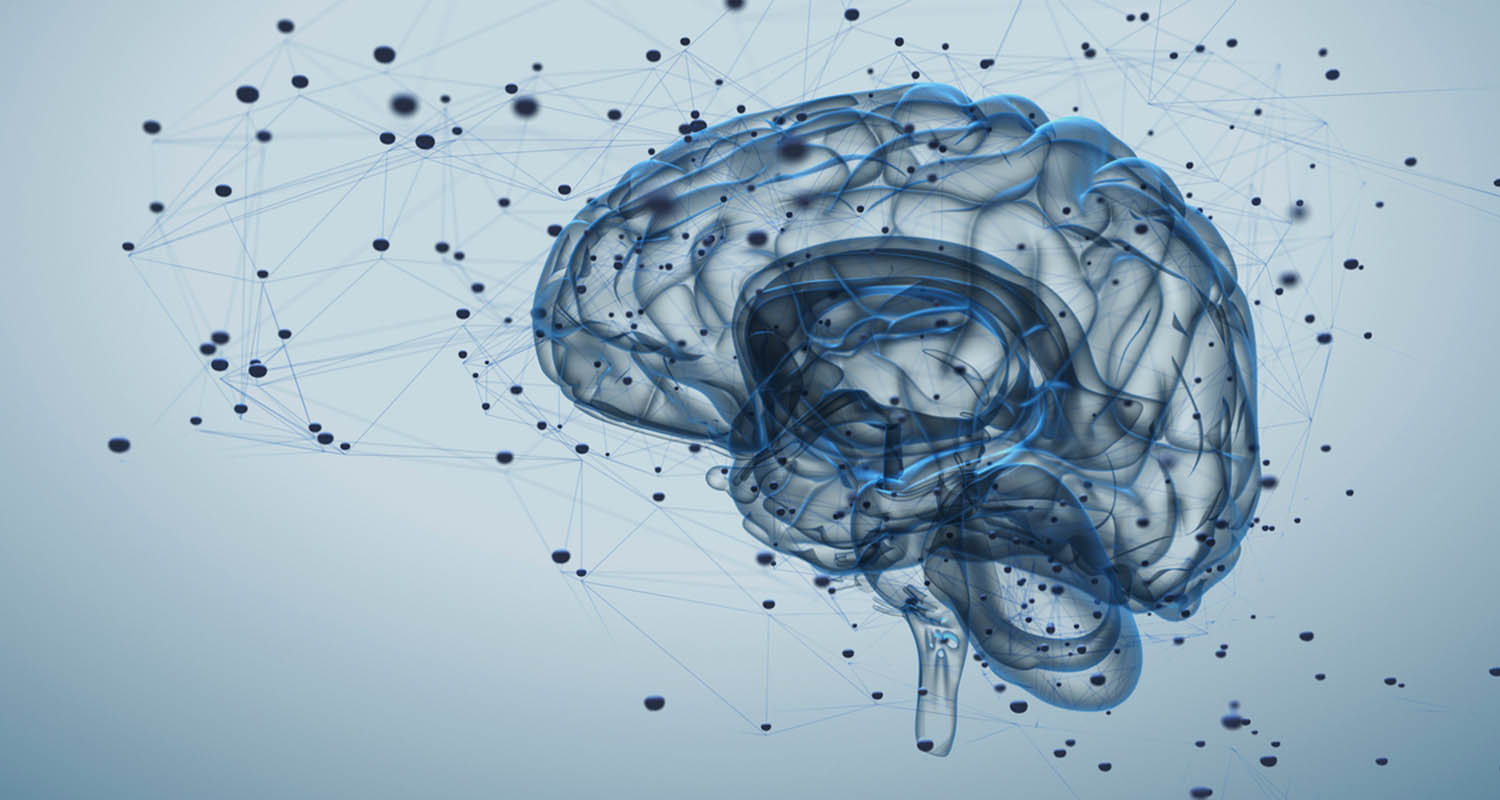 When caffeine reaches your brain, it competes with a neurotransmitter (brain chemical) called adenosine.
When caffeine reaches your brain, it competes with a neurotransmitter (brain chemical) called adenosine.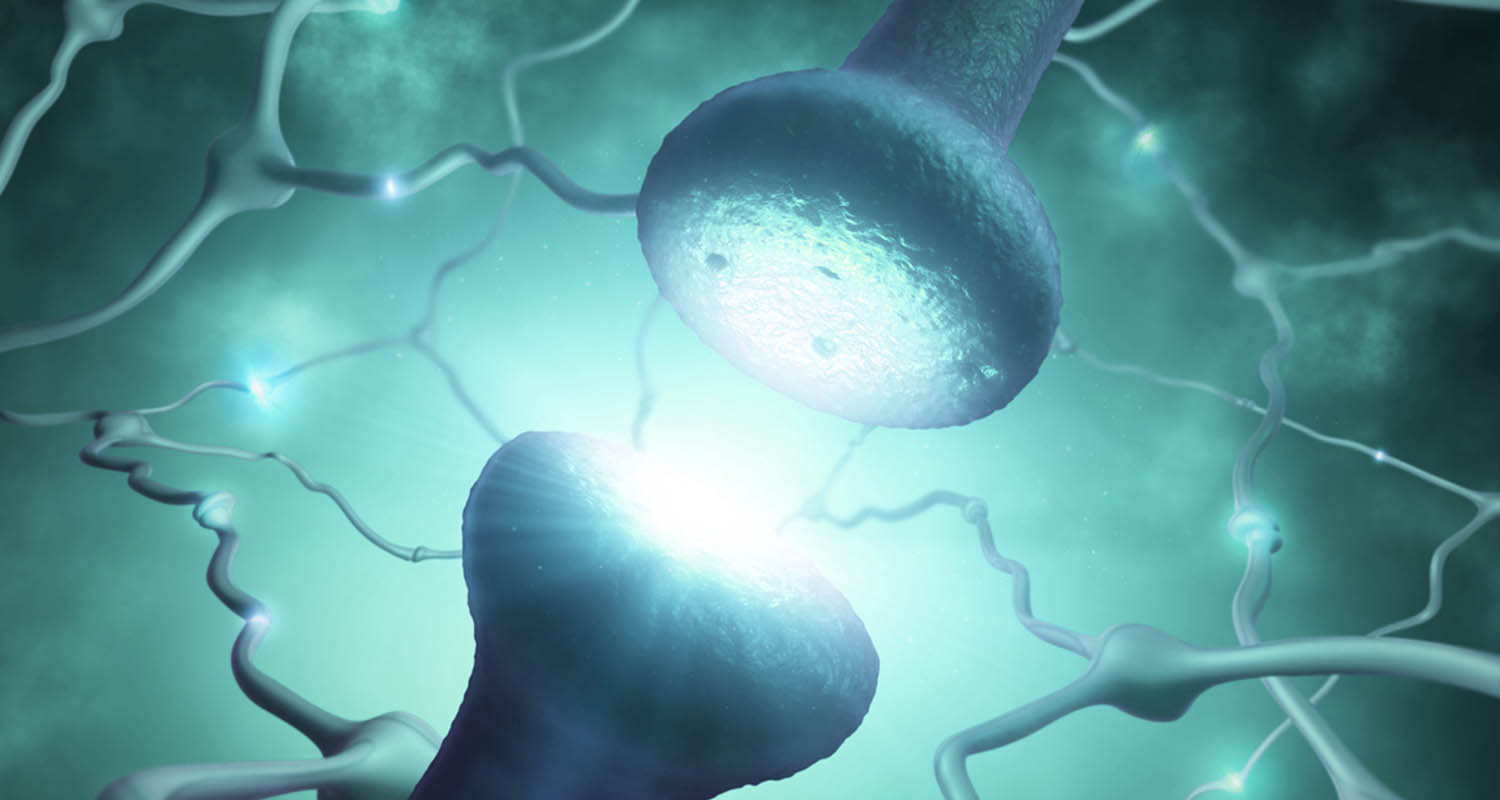 Coffee also makes you happier. Caffeine seems to take partial credit, but there’s something else in coffee specifically that promotes happiness: coffee outperforms both tea and pure caffeine in boosting mood, to the point where it significantly decreases risk of depression.[ref url=”https://onlinelibrary.wiley.com/doi/full/10.1002/mnfr.201500620″]
Coffee also makes you happier. Caffeine seems to take partial credit, but there’s something else in coffee specifically that promotes happiness: coffee outperforms both tea and pure caffeine in boosting mood, to the point where it significantly decreases risk of depression.[ref url=”https://onlinelibrary.wiley.com/doi/full/10.1002/mnfr.201500620″] Coffee is one of the best dietary antioxidant sources.[ref url=”https://www.ncbi.nlm.nih.gov/pmc/articles/PMC2841576/”] A study in Japan found coffee makes up 47% of people’s daily polyphenol intake[ref url=”https://www.ncbi.nlm.nih.gov/pmc/articles/PMC4473170/”] — and that number is probably higher in the US, considering
Coffee is one of the best dietary antioxidant sources.[ref url=”https://www.ncbi.nlm.nih.gov/pmc/articles/PMC2841576/”] A study in Japan found coffee makes up 47% of people’s daily polyphenol intake[ref url=”https://www.ncbi.nlm.nih.gov/pmc/articles/PMC4473170/”] — and that number is probably higher in the US, considering  How is it that your friend can drink endless coffee, while you get wired off decaf?
How is it that your friend can drink endless coffee, while you get wired off decaf? Now that you know what coffee does to your brain, let’s talk about how quickly the effects of caffeine take hold, and how long they last. Here’s a timeline of your brain on coffee, starting from your first sip.
Now that you know what coffee does to your brain, let’s talk about how quickly the effects of caffeine take hold, and how long they last. Here’s a timeline of your brain on coffee, starting from your first sip.